Igniting Warmth: A Comprehensive Guide to Choosing the Best bonfire wood for Your Fires
As the temperatures drop and outdoor gatherings become a staple, the wood for fire pits and choice of bonfire wood for your fires plays a pivotal role in creating the perfect ambiance. From fire pits to bonfires, understanding the nuances of various woods can make a significant difference. Join us on a journey through the world of firewood, exploring the ideal choices for kindling the warmth you seek.
Unveiling the Best bonfire wood: Wood for fire pits Choices for Every Occasion
Transition: Now, let’s delve into the diverse types of firewood, each wood for fire pits offering its unique characteristics of bonfire wood
The Mango Wood Logs For Burning – Hardwoods for a Lasting Flame : Best bonfire wood
When it comes to creating enduring warmth and a mesmerizing glow, hardwoods stand out.
- Mango: A Slow Burner with Steadfast Heat
- With Mango Wood Scrap Burning, expect a steady and enduring burn, casting a robust heat for prolonged enjoyment.
- Mango Wood Scrap: Sweet Aromas and Consistent Warmth
- Scrap Mango wood not only burns well but fills the air with a sweet fragrance, adding an olfactory dimension to your fires.
Others are Orchestrating Fragrance – wood for fire pits for a Pleasing Atmosphere
If you desire not just heat but also an aromatic experience, wood for fire pits are the perfect choice.
- Apple: Delightful Aroma and Moderate Heat
- Applewood brings forth a delightful fragrance, creating an enchanting atmosphere around your fire, all while offering a moderate, consistent heat.
- Cherry: Glowing Embers and a Sweet Perfume
- Cherry wood, known for its beautiful glowing embers, adds both visual and aromatic allure to your fires.
The Quandary of Softwoods – Conifers and Caution
While readily available, wood for fire pits softwoods require a degree of caution due to their unique burning characteristics.
- Pine: Quick Ignition with Caution
- Pine ignites quickly but demands caution due to the potential for sparks and creosote production.
- Cedar: Aromatic Flames with Crackle
- Cedarwood, though aromatic, tends to crackle and pop, requiring careful use in outdoor fires.
The Art of Choosing – Tips for Selecting the Right Firewood : wood for fire pits
Transition: Now that we’ve explored the varieties, let’s delve into some essential tips for choosing the best firewood.
Seasoned Perfection – Opting for Well-Dried Wood :wood for fire pits
The seasoning of wood is a critical factor that can impact the quality of your fire.
- Seasoned Wood: Igniting Easily with Less Smoke
- Opt for seasoned wood bonfire wood with low moisture content, ensuring easy ignition, less smoke, and a more efficient burn.
Safety First – Guidelines for Burning Wood in Fire Pits
Transition: Beyond the choice of wood, bonfire wood safety considerations are paramount when kindling fires.
- Proper Storage: Ensuring Dryness and Readiness
- Store firewood in a dry, well-ventilated area, protecting it from the elements and ensuring it’s ready for use.
- Avoid Treated Wood: Say No to Chemical Hazards
- Never burn treated wood, as the chemicals can release harmful fumes when ignited.
- Size Matters: Crafting the Perfect Blaze
- Cut wood into manageable sizes that suit your fire pit or bonfire, balancing quick ignition with sustained warmth.
Enjoy the Glow – A Toast to Cozy Evenings Around the Fire : wood for fire pits
Armed with the knowledge of firewood choices and safety measures, it’s time to embrace the warmth and joy of well-lit fires.
In conclusion, choosing the right wood for fire pits or wood for your fires is an art that combines practicality, aesthetics, and safety. Whether you’re aiming for a crackling bonfire under the stars or a controlled flame in your fire pit, the type of wood for fire pits 0r wood you select can significantly enhance the overall experience. Embrace the crackling flames, with wood for fire pits and the comforting heat, and the camaraderie of cozy evenings spent around the fire.



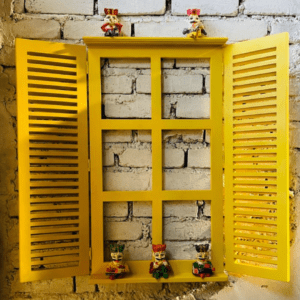

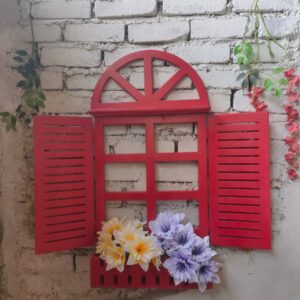
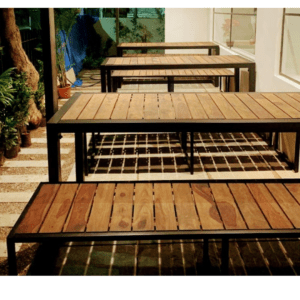
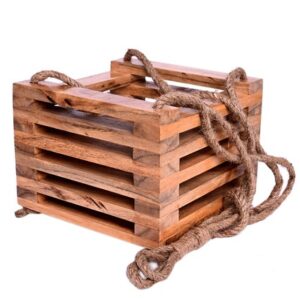

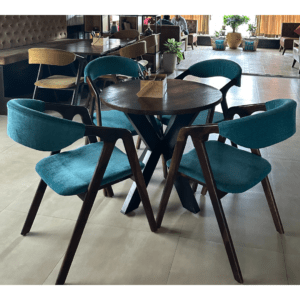
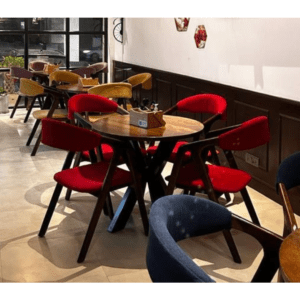
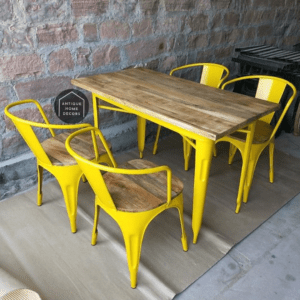
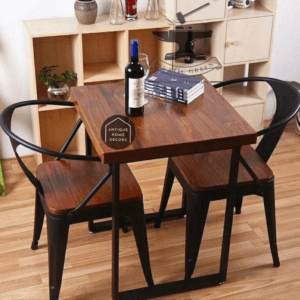

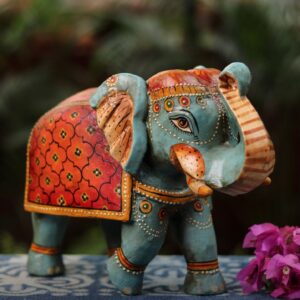
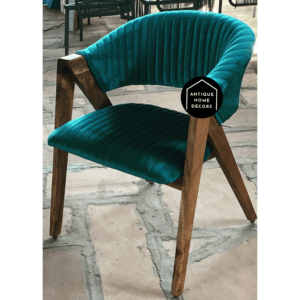


Reviews
There are no reviews yet.